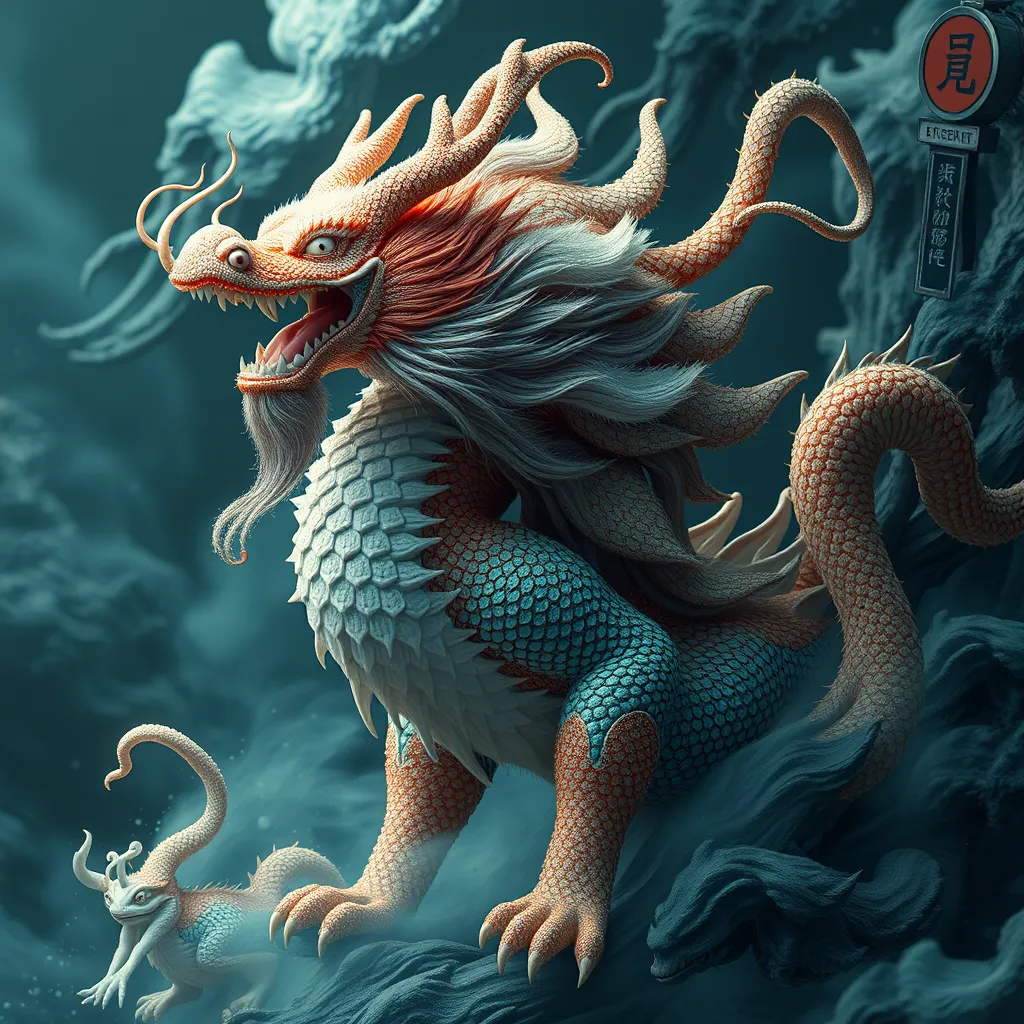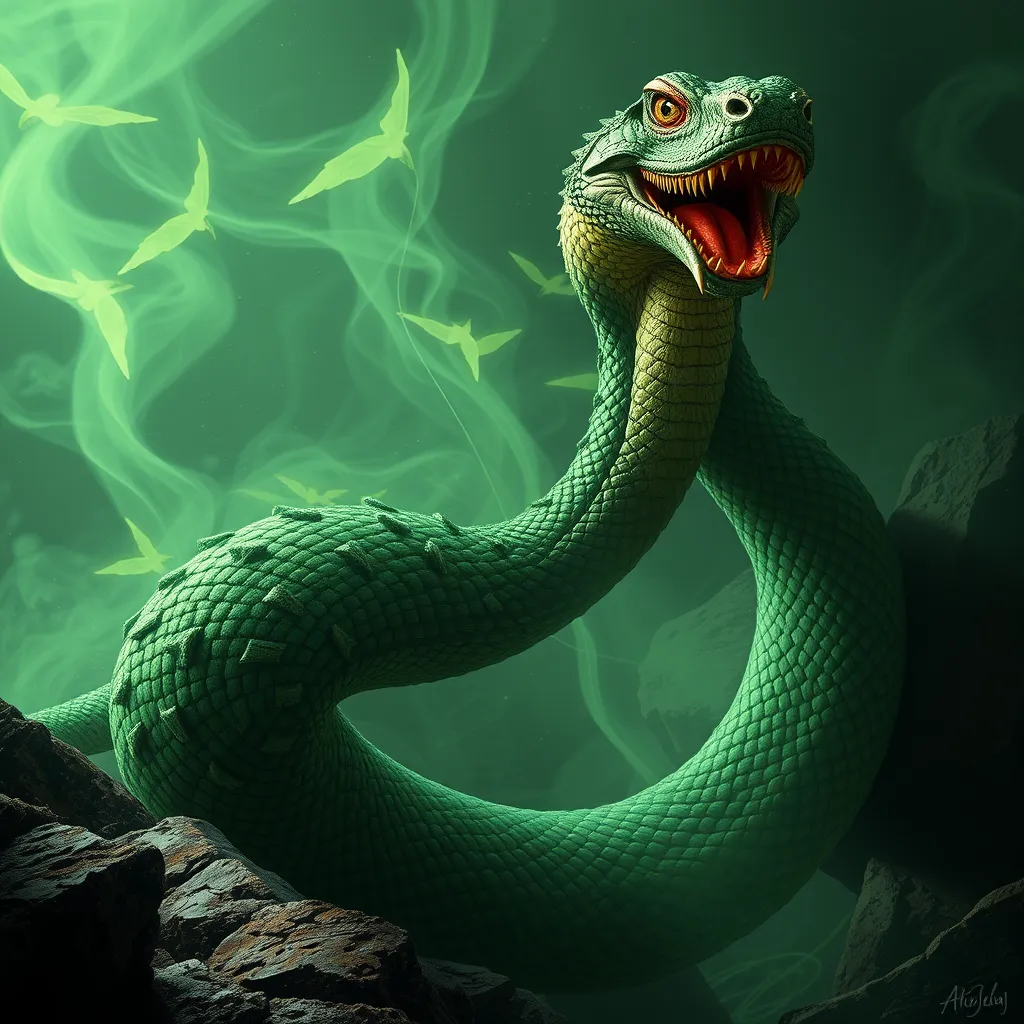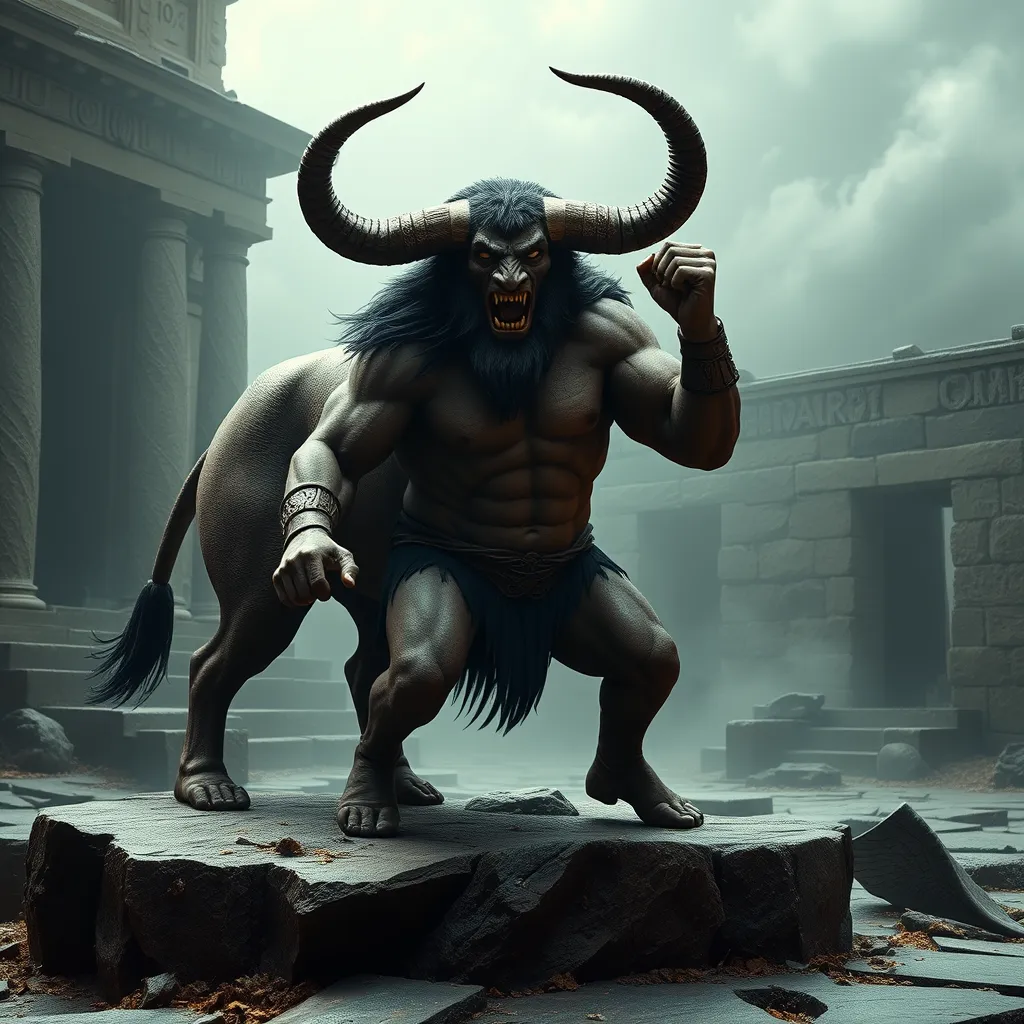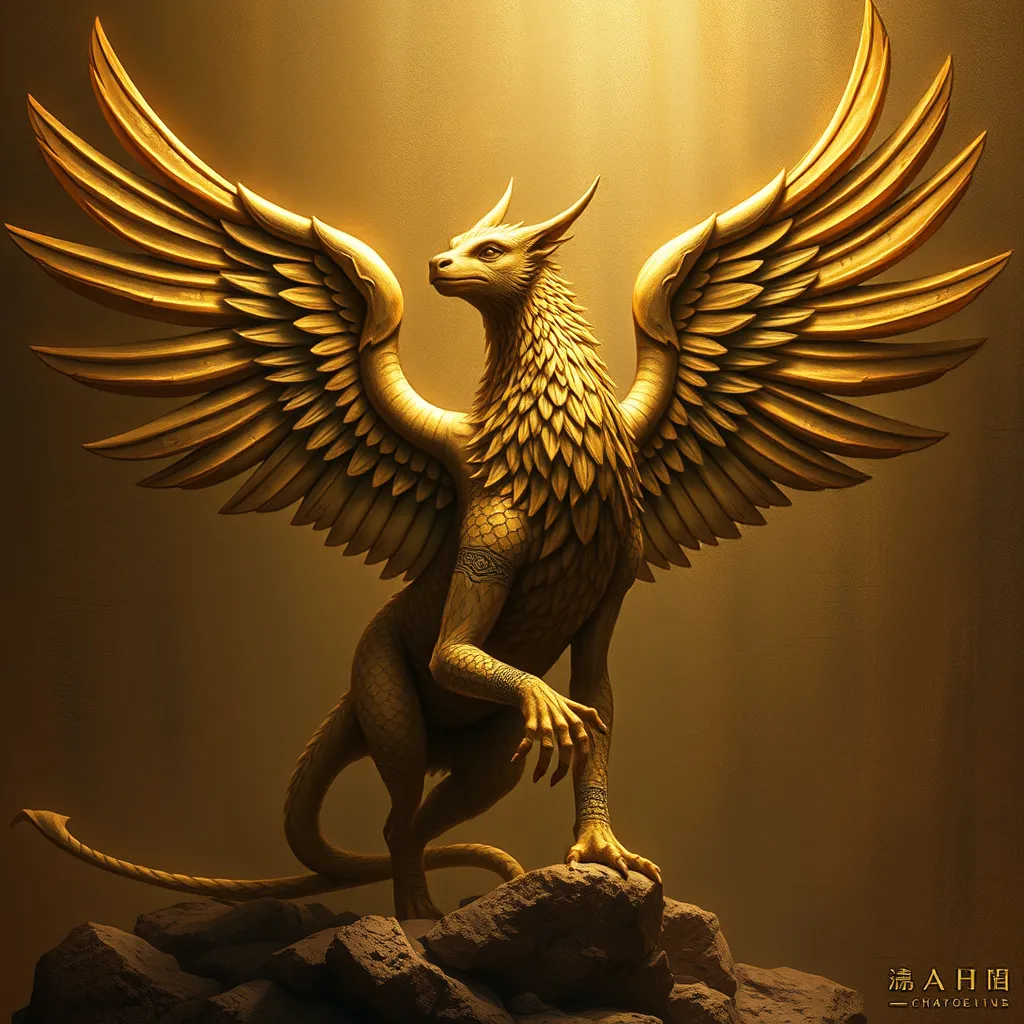The Japanese Chimera: Exploring the Diverse Forms of Mythical Creatures
I. Introduction to Japanese Mythical Creatures
The concept of ‘Chimera’ often evokes images of fantastical beasts with a blend of various animal features. In a cultural context, it signifies the rich tapestry of mythical beings that populate the folklore of Japan. These creatures, known as Yōkai, are not merely figments of imagination; they embody cultural beliefs, values, and historical narratives.
Mythical creatures hold a significant place in Japanese folklore, serving as symbols of nature’s power, human emotion, and the supernatural. They often reflect societal fears and aspirations, acting as both protectors and harbingers. This article aims to explore the diverse forms of Japanese chimeras, their historical roots, and their relevance in contemporary society.
II. Historical Background of Japanese Mythical Creatures
The origins of mythical beings in ancient Japan can be traced back to prehistoric times, where animistic beliefs flourished. Shinto, the indigenous spirituality of Japan, emphasizes the presence of kami, or spirits, in natural elements. This belief system laid the groundwork for the emergence of various mythical creatures.
As Buddhism spread to Japan, it intertwined with Shinto beliefs, enriching the mythos surrounding these beings. Over centuries, the narratives of these chimeric entities evolved, influenced by historical events, cultural exchanges, and the changing societal landscape.
III. Key Characteristics of Japanese Chimeras
Japanese chimeras exhibit a fascinating array of traits that distinguish them from their counterparts in other cultures. Common characteristics include:
- Hybrid Forms: Many chimeras combine features of multiple animals or humans, symbolizing the interconnectedness of life.
- Supernatural Abilities: These beings often possess magical powers, allowing them to shape-shift or manipulate nature.
- Symbolic Meanings: Each creature carries unique symbolism, often representing natural forces, moral lessons, or cultural ideals.
The fusion of animal characteristics with human traits serves to bridge the gap between the natural and supernatural realms, offering insights into human nature and the cosmos.
IV. Notable Examples of Japanese Chimeras
Several prominent chimeras stand out in Japanese folklore, each with its distinct characteristics and stories:
- The Yōkai: A broad category of spirits and supernatural beings that can be benevolent, malevolent, or simply mischievous. Yōkai vary widely in form and behavior, reflecting the complexities of human emotions and nature.
- The Tengu: Often depicted as bird-like warriors, Tengu are known as protectors of the mountains. They embody strength and wisdom, often serving as guardians of nature.
- The Kitsune: Shape-shifting fox spirits revered for their intelligence and magical abilities. Kitsune can transform into beautiful women and are often associated with the rice deity Inari, symbolizing fertility and prosperity.
V. The Role of Japanese Chimeras in Literature and Art
Japanese chimeras have made significant contributions to both classical literature and art forms. In classical works such as “The Tale of the Bamboo Cutter,” mythical beings play crucial roles, influencing the narrative and moral lessons.
In traditional art, chimeras are depicted in woodblock prints, paintings, and sculptures, showcasing their cultural significance. Contemporary media, including anime, manga, and films, have reinterpreted these beings, introducing them to new audiences.
Modern adaptations often blend traditional themes with contemporary storytelling, ensuring that the essence of these creatures endures while evolving with society’s changing values.
VI. Regional Variations of Mythical Creatures in Japan
Japan’s diverse geography has given rise to distinct creatures across various regions. Local folklore plays a vital role in shaping these beings, often reflecting the unique cultural and environmental contexts of different areas:
- The Kappa: Water-dwelling creatures from the rivers of Japan, known for their mischievous behavior.
- The Shōjō: Spirits with long red hair, believed to inhabit the seas, known for their enchanting singing.
- The Rokurokubi: Humans by day and supernatural beings by night, known for their ability to stretch their necks.
Regional festivals often celebrate these mythical creatures, reinforcing community ties and cultural heritage. Events may include parades, performances, and rituals honoring local spirits.
VII. The Modern Interpretation of Japanese Chimeras
In contemporary culture, there has been a revival and reimagining of mythical creatures. Modern interpretations often resonate with themes of identity, belonging, and environmental stewardship, reflecting current societal challenges.
Globalization has also influenced the perception of Japanese chimeras, with their images and stories reaching a worldwide audience. This cross-cultural exchange fosters appreciation for Japanese folklore and encourages a broader understanding of its significance.
Technology and social media play crucial roles in spreading awareness and engagement with these mythical beings, allowing for a dynamic conversation about their relevance in today’s society.
VIII. Conclusion
Japanese chimeras are vital components of the cultural identity, serving as reflections of human experience, nature, and spirituality. Their stories and representations continue to resonate, offering insights into the complexities of existence.
As society evolves, the relevance of these mythical creatures remains steadfast. They invite exploration and appreciation, urging individuals to delve deeper into the rich world of Japanese folklore and its enduring legacy.



